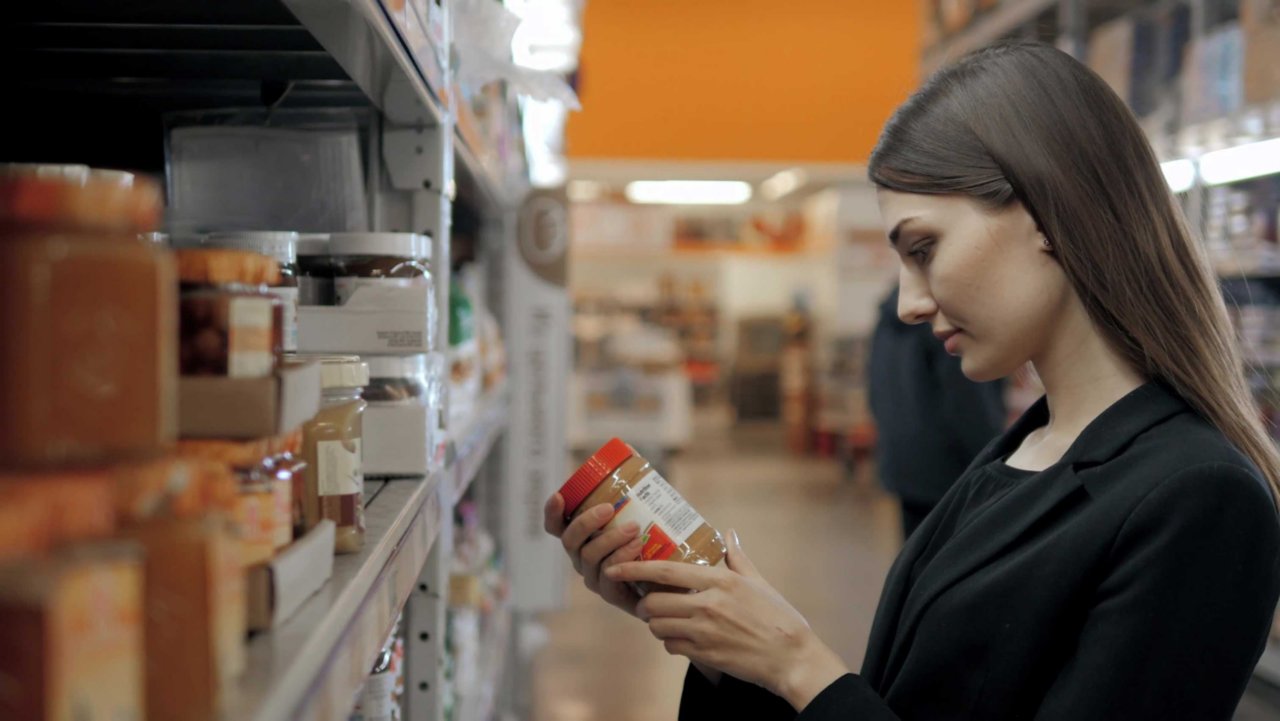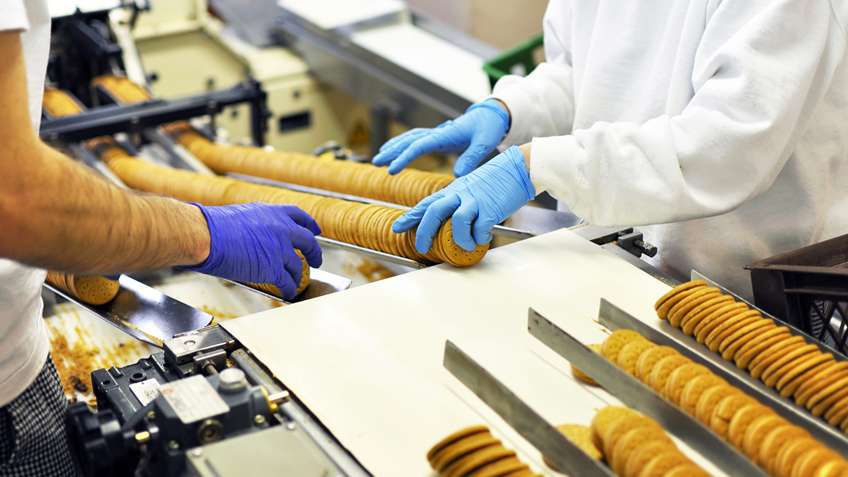By Neil Bentley, business manager and Jesse Mendenhall, product marketing manager, Rockwell Automation
Sara and her husband Antoine love peanuts for both snacking and baking. Sometimes they buy their own snacks in small packages on a quick run to 7-Eleven or Safeway. Other times, they choose larger packages of various sizes for party bowls or for baking projects like cookies, peanut brittle, caramel peanut brownies and other treats for family and friends. They look for lower-salt or no salt options, they insist the packaging be environmentally friendly, and they sometimes order their peanuts online for next-day delivery.
This is just one of thousands of examples of mass customization where increasingly, personalized products and customized delivery are the norm and is moving steadily from concept to reality. Consumers who now make most of their purchases online expect door-to-door delivery within a day or less. And those accustomed to ordering personalized items ranging from athletic shoes to candy-coated chocolates expect more options across all facets of their lives.
In addition, the trend toward smaller households has spurred the growth in single-serving offerings. Simultaneously, a heightened demand for convenience has prompted the emergence of more multi-pack options.
While the “lot size of one” is not yet commonplace, the movement toward increased customization and multiple SKUs is having an extraordinary impact on consumer packaged goods (CPG) manufacturers and the OEMs who serve them.


